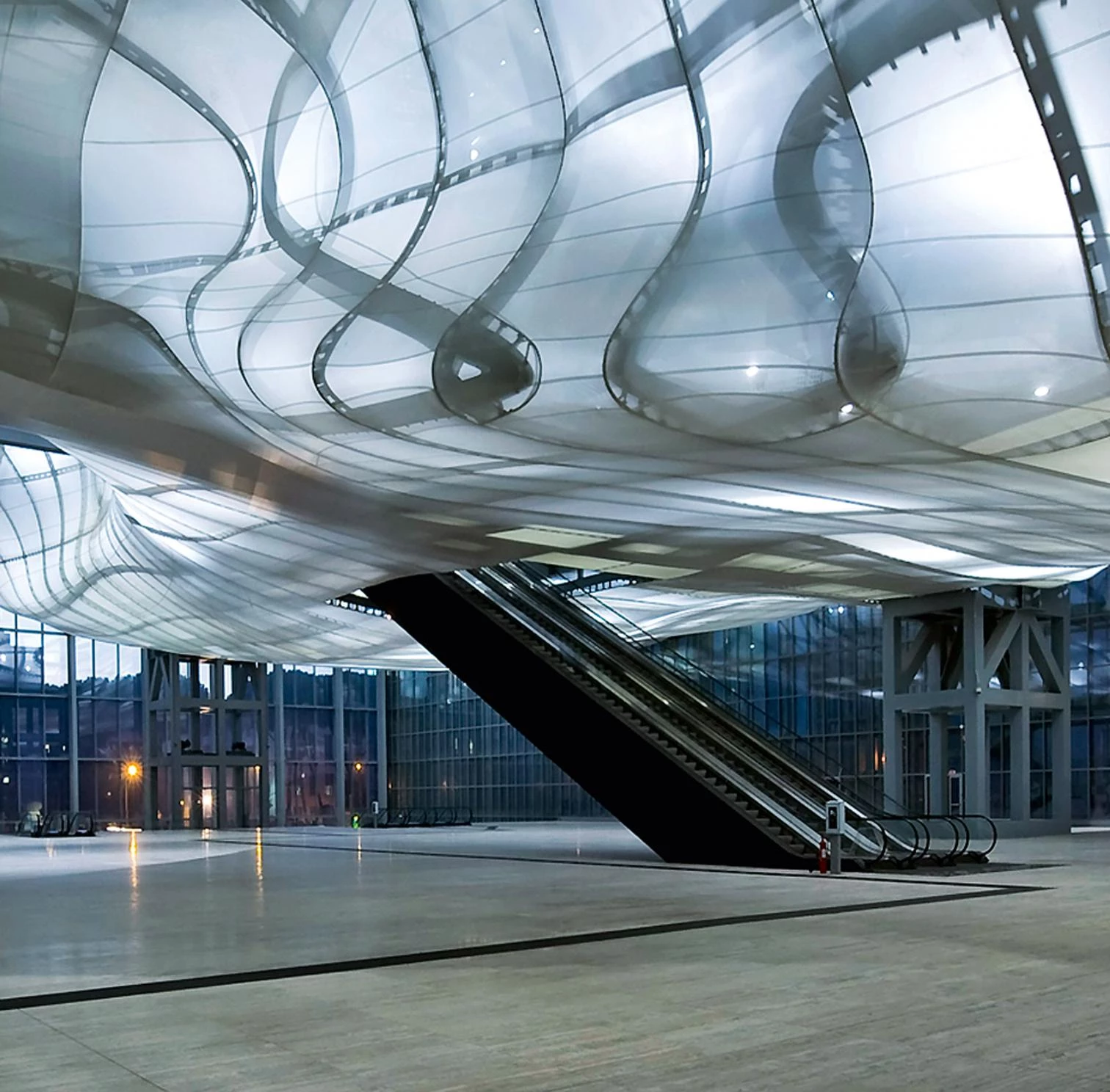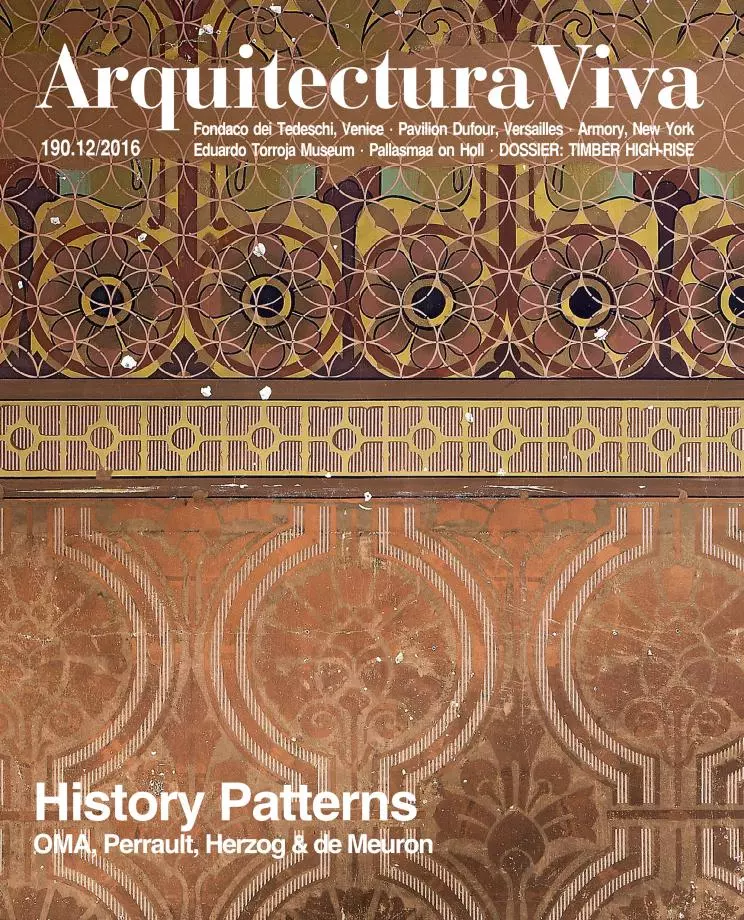
Architects make a widely varying use of metaphor. Sometimes metaphors serve to establish connections among different disciplines, as when modern architects declared that buildings had to be ‘machines.’ Other times, metaphors make it possible to unchain or explain the design process, as when Sullivan said that his ornaments were ‘cotyledons,’ or when Utzon identified the skylight of his church in Bagsvaerd with the ‘clouds.’ And on other occasions – which are perhaps the least interesting ones – metaphors are limited to describing unique or exotic forms. Such is the case of the new congress center that Massimiliano and Doriana Fuksas have just completed in the EUR, a prominent commercial and financial district that was designed ex novo during Mussolini’s rule for the Universal Expo of 1942 (which never took place in the end). With a total area of 55,000 square meters, the building is the largest to go up in Rome in fifty years. Chosen as winner after a competition held in 1998, the design of the new congress center addresses a complementary but very diverse program, comprising, according to its authors, the ‘Theca’ or ‘deposit’, a prismatic glass and steel box rising 30 meters high and that contains the ‘Cloud,’ a volume resembling a huge chrysalis of steel and plastic with an auditorium for 1,850 people, and that constitutes the heart of the building. Next to them rises the ‘Blade,’ a tapered volume harboring a hotel with 439 rooms. Theca, Cloud, Blade: the architects keep on playing.





